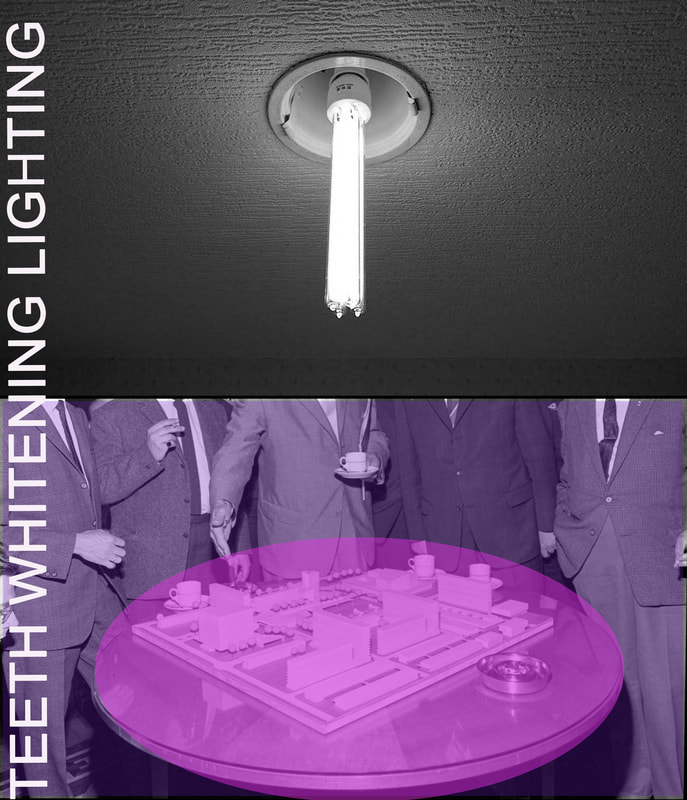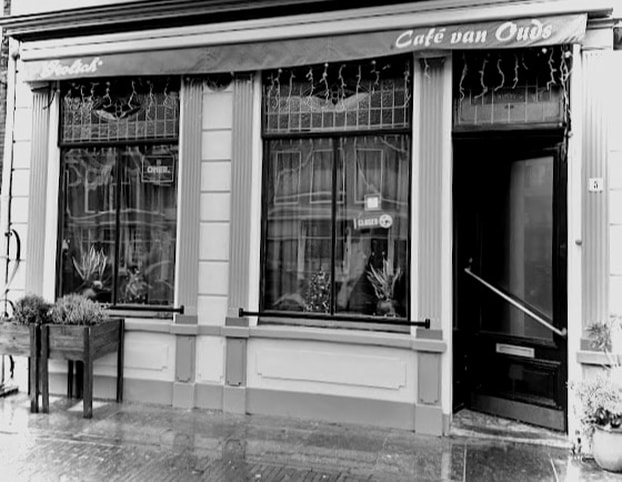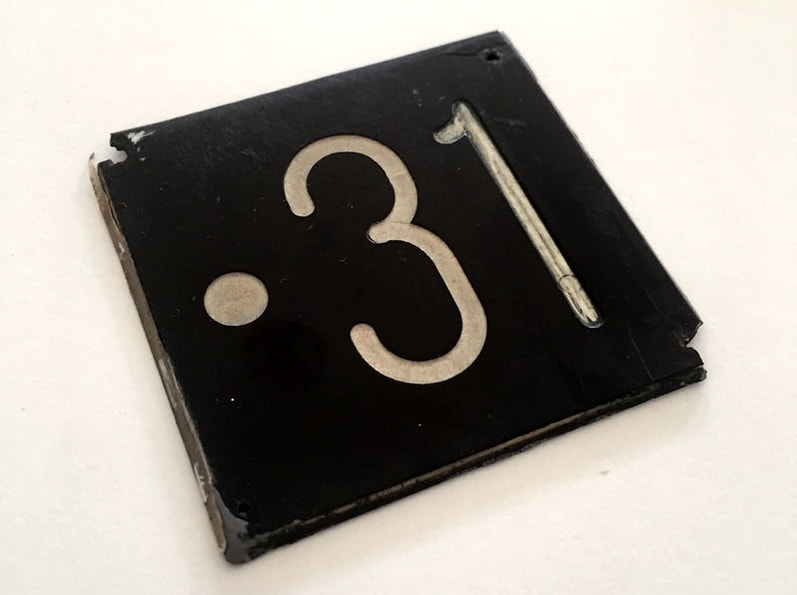|
AJAR
It was an encounter, about thirty years ago, in what must be the smallest cafe in the city of Delft. The cafe where the door always seems to be ajar, even when closed. I knew the cafe because of the door. A friend had brought it to my attention, and I think I even first visited the cafe because of the door. My friend was in love with its Duchampian allure, with the promising crack that sometimes gives way and then turns out to be disappointing. He was in love with the very word 'ajar', so he told me. This encounter with the door - ajar but with the possibility of being closed - evoked a certain receptivity; it was an encounter that stuck. And I guess it eventually resonated in 'what I do'. Which essentially is: searching for doors ajar. In the late eighties, as a student, I found my first door ajar. Archival research yielded a few yellowed newspaper clippings referring to 'a marginal event in the province'. Between 1957 and 1961, informal painter Cor de Nobel held exhibitions and readings at 'his' Galerie .31 in the city of Dordrecht. A gallery in name only, .31 was principally an artists’ initiative, run by De Nobel. Activities took place in his living quarters of barely ten feet wide, under a low-beamed ceiling and devoid of natural light.
The program at .31 reflected an extremely diverse young guard of artists; their resistance to the established institutions was proportional to the differences in motivation, background and working methods. And yet, a convergent force emanated from the small exhibition space in Dordrecht. Galerie .31 was a haven for experimentation and the exchange of ideas, for painters, but also for writers and journalists. Dutch writers Kees Buddingh’ and Simon Vinkenoog were regular guests, as was the Flemish poet Gust Gils, one of the founders of the avant-garde magazine Gard Sivik in 1955. Hans Sonnenberg of the Rotterdam Kunstkring and Johan Huijts of the Rotterdam Kunstcentrum ’t Venster occasionally funded an opening, as did poets Hans Sleutelaar and Cornelis Bastiaan Vaandrager. Visitors remember an atmosphere of unconditional freedom. There was drinking, there was music and there was fiery discussion about the legacy of the pre-war avant-gardes and what was dismissed as 'abstraction froide'. Friends were invited to exhibit, and so were friends of friends - and sometimes even their children. A letter survived, in which a visitor quoted jazz musician Thelonious Monk, in an effort to capture the experience of his visit: 'Wrong is right!'. During the harsh winter of 1958 Cor de Nobel exhibited a number of his friends matter paintings. Everything that could be wrong was wrong about these paintings - at least, from an academic point of view. The exhibition drove De Nobel to despair, although for quite futile reasons, as the industrial paint of these works refused to dry and soiled the 18th century tiles of his living room floor. The evening resonated far beyond Dordrecht city limits. What was proven and experienced by visitors and artists alike, was above all that 'wrong could be right'. But modern art was still a contentious issue in the Netherlands of the 1950s. The readers of Dutch newspapers were virtually unacquainted with a serious and contemplative form of art criticism, and very few of the developments abroad were ever reported on. Nor did the Netherlands boast any avant-garde galleries of the caliber of Iris Clert in Paris and Galleria Apollinaire in Milan, which meant that interest in new developments was scarce. The comments in the local newspaper were harsh. Journalists just didn't get it: was .31 a gallery or an artists' association? Was there some kind of 'supervision', or, in contemporary terms: were shows curated? 'De Nobel's' artists transferred the experimental character of their studio practices to a public space, thereby giving their interpretation of what an exhibition space could also be: a laboratory, a podium, a meeting place and a playground at the same time. Did this criticism, this lack of understanding affect the participants of De Nobel's exhibitions? An artist recalled: 'You could just as well offend public taste, because nobody ever bought anything anyway'. And: 'This was the ultimate recipe for a successful, well-oiled artistic development: to make yourself as slithery as an eel.' In other words, to be elusive and incomprehensible - and thus free. Upon my first acquaintance with the De Nobel's activities, through newspaper clippings, it surprised me that such initiatives could sprout largely out of sight. There is no doubt that the relative distance to the 'official' art circles of The Hague, Rotterdam and Amsterdam was a determining factor in the success of .31. Artists experienced this stage as a safe space, where they could roam freely along the edges of disciplines. At De Nobel's, painters wrote and poets painted. During these events in Dordrecht, so it seems, no rules applied - even if it was just for a while. But after these evenings at .31, most artists returned to where they came from: Amsterdam, The Hague, Rotterdam and Delft. To the world where painters paint, and writers write. Throughout the 1980s, the painterly experiments of the late 1950s were hardly considered interesting, and research into early artist initiatives as De Nobel's was put on the back burner. De Nobel had also disappeared from view due to relocations, along with his archives - a difficult hurdle for research in the pre-internet era. In later years, this small-town collective became a point of reference in my own research on artists' initiatives. For me this was the first 'crack' that gave way and opened new perspectives, the first door ajar. It revealed the dynamics that exist somewhere between the solitude of the studio and the public character of the 'official' exhibition space. These are the places for tryouts; the places to show, to taste and share. The archives of Cor de Nobel are located at RKD - Netherlands Institute of Art History, The Hague |


